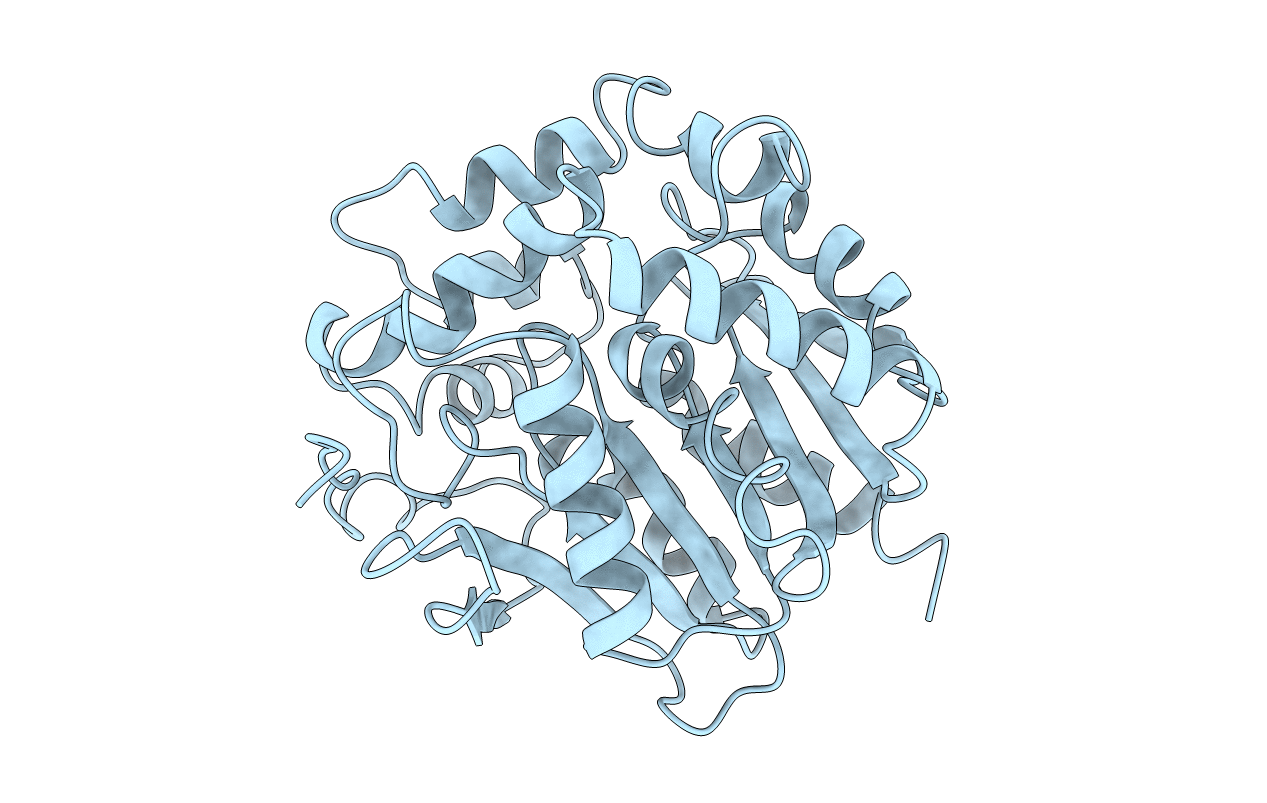
Deposition Date
1993-08-31
Release Date
1994-01-31
Last Version Date
2024-02-14
Entry Detail
PDB ID:
2EDC
Keywords:
Title:
CRYSTALLOGRAPHIC AND FLUORESCENCE STUDIES OF THE INTERACTION OF HALOALKANE DEHALOGENASE WITH HALIDE IONS: STUDIES WITH HALIDE COMPOUNDS REVEAL A HALIDE BINDING SITE IN THE ACTIVE SITE
Biological Source:
Source Organism:
Xanthobacter autotrophicus (Taxon ID: 280)
Method Details:
Experimental Method:
Resolution:
2.30 Å
R-Value Observed:
0.17
Space Group:
P 21 21 2


